5 Things We Learned About the Porsche Mission E

At Porsche’s annual state of the union conference for 2018, AutoGuide.com was able to get a sneak peek at a few interesting details on the Mission E.
On a breezy morning in Stuttgart, Porsche invited us to tour the high-tech facility where the Mission E final production models are expected to be assembled. The facility itself is being heavily reworked to incorporate new production techniques that will meet the standards required to produce Porsche’s first electric car.
ALSO SEE: Porsche to Install 800V Chargers at Dealers for Mission E
This new production revamp, dubbed Porsche Production 4.0, will see the company adopting manufacturing processes that will make factory workers assemble cars more efficiently and more safely.
The high-tech facility is fascinating, but we were really hoping to get some intel on the vehicle at the center of all this, the Mission E. The completion of the new factory is tentatively due for the tail end of 2019, at which point Mission E production should commence.
During the facility tour and the Porsche state of the union, a few unexpected nuggets about plans for the Mission E were revealed. Here’s what we learned:
Surprise: It Will Not Be Called the Mission E
It was revealed that the Mission E is actually a placeholder name for Porsche’s first electric car. Attempts to discover hints about the possible real name were unsuccessful, but the Mission E was really already a cool name to start with. We like that Porsche uses real names and not alpha-numeric ones, so that gives us hope the Mission E’s production name will also be interesting.
ALSO SEE: Porsche Turned the Mission E into a Lifted Wagon with 600 HP
Ridiculously Fun Accessories (Possibly)
During a video presentation of Porsche Digital detailing possible connected car technology plans for the Mission E and future Porsche vehicles, a brief interlude showcased a Mission E deploying a drone from the trunk that then proceeded to follow the vehicle as it took turns around a fun twisty driving course. Is this the making of the world’s first car-integrated drone that can capture your drives and track days externally? We hope so!
It Will Come In Fancy Colors
The Mission E (or not Mission E) has only been seen in white so far, but Porsche is known to offer a wide palette of beautiful colors and will likely offer the EV in many cool hues. While touring the production facility, a few computer screens previewing the planned revised production process gave us sneak peek at the cars in interesting shades of purple, yellow, and green. Take this with a grain of salt, but it does give us hope for bright and uniquely colored electric Porsches.
Humans and Robots Will Work Together on the Mission E
The Automated Guided Vehicles (AGV) that deliver assembly parts in the factory are currently being re-engineered to let people in the factory work on the Mission E chassis more fluidly. Simple improvements such as adjusting the height in which a delivered chassis sits above a factory worker’s entire body on will be used. Those little changes will ensure the worker and the robot will not clash with each other at any particular assembly point, making it safer and more efficient.
Sascha Tittelwitz, Project Manager for Porsche Production 4.0, emphasizes the major goal for this new factory is to master a perfect factory environment where robots and humans work seamlessly together. The plan is to produce at least 20,000 Mission E cars annually when production officially commences, so there is little room for error and the conventional conveyor method and assembly line will be mostly done away with. The ability to be more flexible in the production process while assembling the Mission E is critical for both the worker and the robots — the robots are there to help human workers and need to be less rigid in their motion to be truly useful, so they’ve all been reprogrammed.
This will prevent the robots from interfering with a human factory worker while completing an assembly. The robots will also be able to readjust their behavior accordingly so they don’t obstruct or possibly endanger a human worker.
An All-Touchscreen Front Interior Compartment
Photos of the concept’s interior compartment showed an interior dominated by touchscreens. Even the front of the passenger area was touchscreen-heavy. There was also no physical gear selector or buttons to be spotted. Will the production electric car have a touchscreen for controlling the transmission? We will have to wait and see.
Discuss this article on our Porsche Mission E Forum

Chidi loves talking about cars. He enjoys exploring the limits of new car technology and performance vehicles. When he is not writing features for AutoGuide, you will most likely find him perusing Kijiji or Autotrader listings for unique classic nameplates.
More by Chidi Ohiaeri



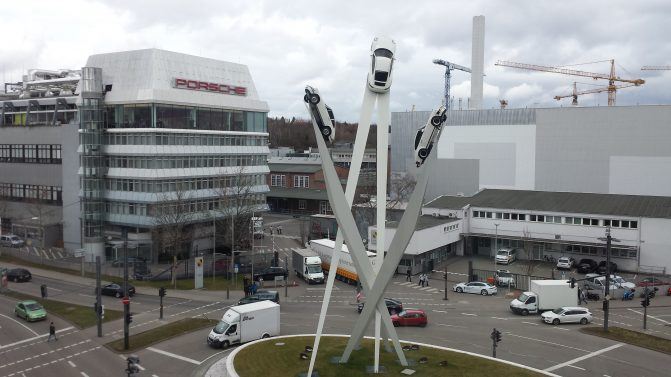














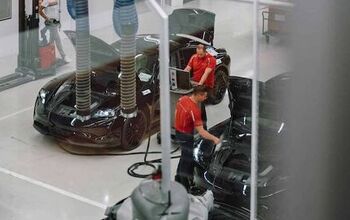



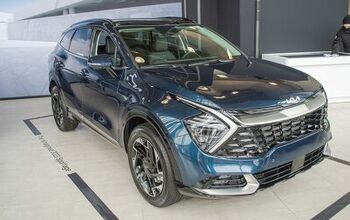


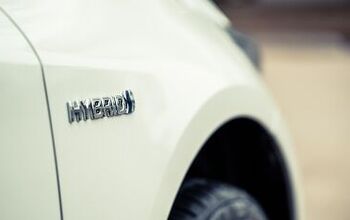
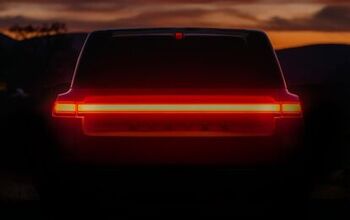
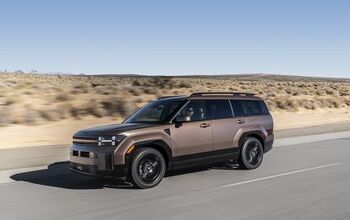

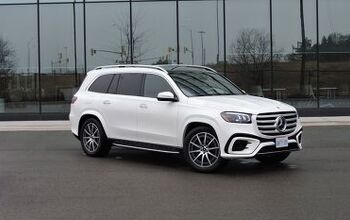
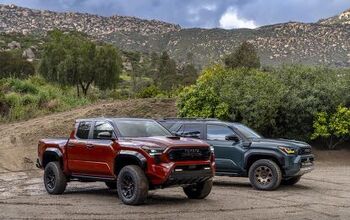

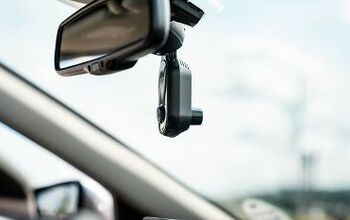
Comments
Join the conversation